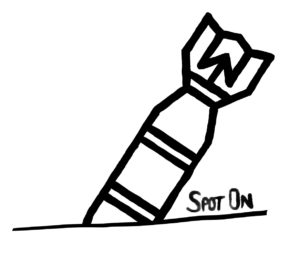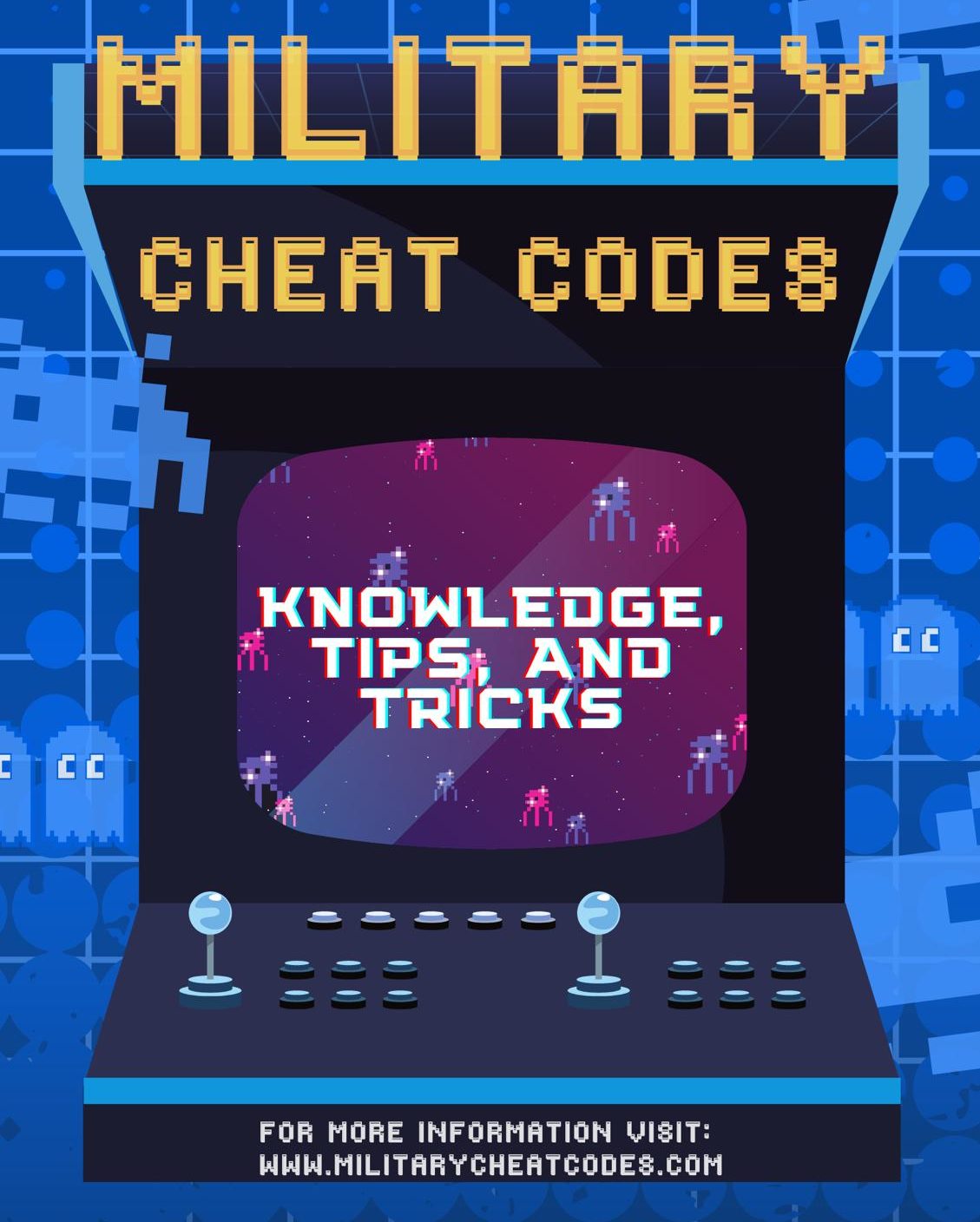Spot On, Mate
Written by: Pred
Published: 29 October 2022
Extremely accurate. Exactly correct or accurate. Exactly right. Hit the target.
This is a phrase that has interested the author in his military aviation time. When one drops exploding steel from aircraft at high altitude, “hitting the target” is of vital interest. British, U.S., and Australian aviators from WWII used this phrase to acknowledge how well their bombs struck the targets below. Aviators are trained to ensure they operate aircraft to deliver weapons from various airspeeds and altitudes. The goal is to release those weapons so they will fall and land as close to the target as possible; with smart weapons aviators have a technological assist in delivering their projectiles closer and closer than ballistically.
Nothing feels better than “shacking” the target, knowing that you (and your crew) have done everything correctly to hit the target driving the desired effect. This includes our daily activities that require us to make accurate and precise decisions. When we make accurate and correct decisions, it activates a sense of accomplishment and pride in our mind validating our sense of value. A bomb drops on or a missile crashes into its target dissolving into a shockwave and a ball of flames.
This author has used this equation for years, but recently the idea of a dud bomb stuck into the ground is rather funny. Below is a graphic the author created for a side project related to morale.

The bomb is stuck in the ground, at an angle, similar to a lawn dart, and without detonating. An action like this is not probable at realistic aircraft release conditions and to make matters worse, a weapon that does not detonate is a failure of its designs. Still though this concept is rather comical when one thinks about it; like out of a cartoon.
On a more serious explanation of this graphic, it symbolizes a larger conversation most mentors, supervisors, or families do not have with those they watch over. The decisions we make in life sometimes do not go as planned nor do we fully appreciate the second or third order of effects from the actions in our lives. Perhaps the best decision is to use the situations that are presented and make the most of them instead of focusing of working out solutions that are not possible.
When we make decisions in our lives, we think in discrete terms of yes or no but do not contemplate possibilities that would still bring about the desired effects. One most graduate university so that they can get a job, but what is requirements for graduation? Does one need the best grades to maintain a scholarship? This is what we would call the “left and right of course” or the CEP of a weapon. In order to make an appropriate decision at any leadership level, one must understand not only the maximum desired effects to drive change, but the minimum effect.
Knowing what the minimum required effects allows one to understand the necessary and required minimum input of energy to still meet our goals and success. Think how much easier it is to do some additional planning in our daily lives and activities to still meet our intended goals.
Even when we make great decisions that meet our intent and drive the subsequent activities in our life, many do not plan for the second or third order effects; or the things that happen due to our decisions. It is easy to yell at a subordinate when they do not follow the rules one, two, or three times, but what are the impacts of the decisions in your military organization to morale or how others see you possibly over react to a situation. Second or third order impacts may drive more significant impacts than the first order effect; therefore, one must take caution in making strategic decisions quickly.
Real world events inspired the logo design. In 1961, a B-52 broke up mid-air over Greensboro, North Carolina dispersing two 3 megaton Mark 39 nuclear bombs. One of these weapons had three of the four triggering mechanisms activated with both weapons landing with their parachutes in pastures. One such image of these events shows a Mark 39 “lawn darted” into the North Carolina ground reminding those who know the context that the U.S. dodged a significant tradition event. Thousands of people would have died and a huge swath of North Carolina and Virginia would have had radiation and shockwave effects.

Even though that bomb fell from a crumbling B-52, it did not yield as designed but the second and third order effects of updated nuclear surety design standards for weapons and bomber flying operations. Seeing that picture and subsequent logo reminds the author that sometimes the spot on solution is one that is not the immediate gratification to a solution. Perhaps the intended effects are the second or third order effects and not the first.
